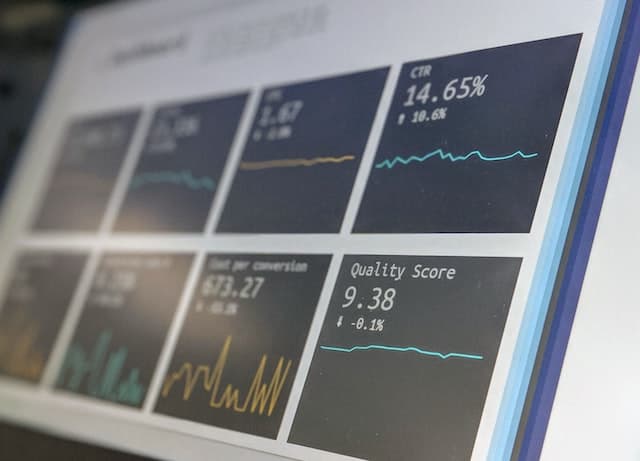Medical billing is the process of collecting bills from patients in an efficient way. But when we talk about incorporating RCM in medical billing, it defines a process of generating revenue by following a 10-step procedure, that involves collecting patient information, eligibility verification, claim submission, and reimbursement collection.
Dive into RCM insights: Click the button and expand your knowledge
The significance of using RCM in medical billing can be represented by showing a simple fact that hospitals that employ RCM in their healthcare services, generate more revenue by reducing claim denials.
While those who don’t use the RCM process, are more likely to lose their revenue because they neglect using technology that is a must in healthcare.
Additionally, the RCM process ensures every step taken by the healthcare practice from giving treatment to the patient to collecting the reimbursement, is completed with full success.
Because each stage of RCM in medical billing helps you follow the right methodology, the result of which is that you can quickly get the reimbursement.

Besides all this, RCM ensures the correct submission of claims, collect the bills upfront, and gets the revenue faster by using automated technology.
Insurance payers too prefer claims submitted through automated procedures and it is more likely to be seen as a credible application.
All of these points show the significance of using RCM in medical billing, if ignored can lead to massive revenue loss and decreased reputation among the patients.

